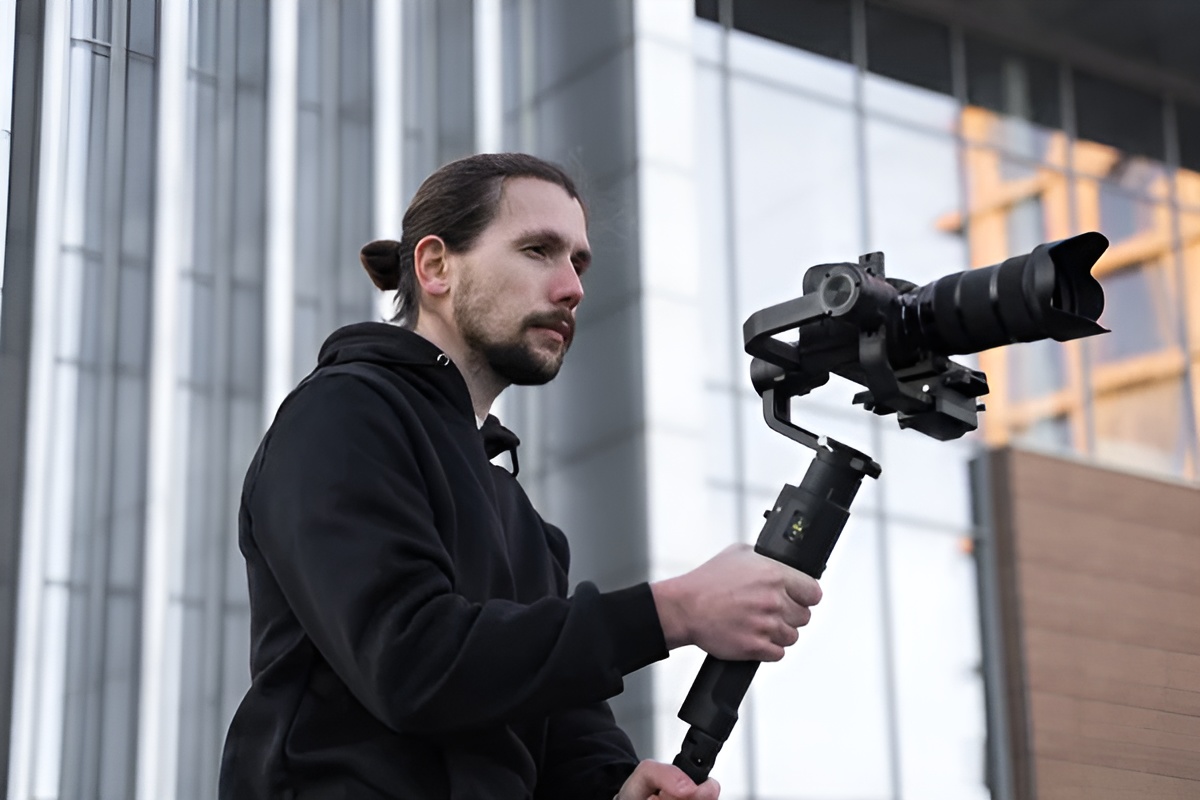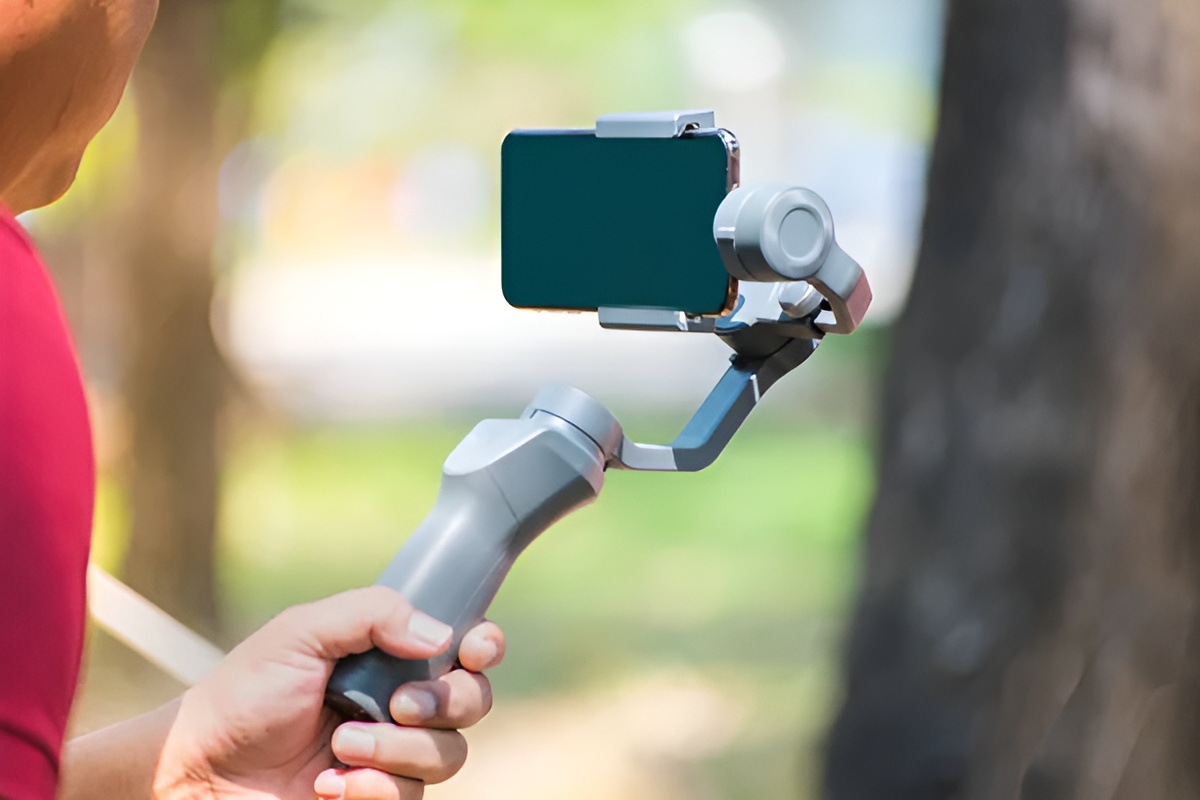Comparing Hardware and Software Video Stabilization Solutions
Last Updated on June 6, 2023 by Victor Aguilar – 5 minute read
In the quest for smooth and steady video footage, two contenders have emerged: hardware-based solutions like gimbals and steadicams, and software-based solutions utilizing advanced algorithms. Both approaches offer their unique advantages and limitations. We’ll compare and contrast hardware and software video stabilization solutions, exploring their key features, costs, usability, and effectiveness. By understanding their strengths and weaknesses, videographers can make informed decisions on the most suitable method for their stabilization needs.
Hardware-based Video Stabilization


Gimbals for cameras and phones
Hardware-based solutions, such as gimbals and steadicams, have long been the go-to choice for professionals seeking precise stabilization. These physical devices offer mechanical and structural support to minimize camera shake and unwanted motion.
Advantages of Hardware-based Solutions
- Enhanced Stability: Gimbals and steadicams provide exceptional stability by isolating the camera from external movements and vibrations. They offer smooth movements and can compensate for a wide range of motion, ensuring professional-quality footage.
- Intuitive Control: With physical handles and ergonomic designs, hardware stabilizers provide intuitive control over camera movements. This allows videographers to achieve precise panning, tilting, and tracking shots, adding creativity and versatility to their work.
Limitations of Hardware-based Solutions
- Costly Investment: High-quality gimbals and steadicams often come with a significant price tag, making them less accessible to casual videographers or those on a limited budget.
- Setup and Portability: Hardware stabilizers require time-consuming setup and balancing procedures. They can be bulky and inconvenient to transport, limiting their usability in fast-paced or spontaneous shooting scenarios.
- Physical Fatigue: Using heavy hardware stabilizers for extended periods can lead to physical fatigue, especially during handheld shooting. This can impact the videographer’s comfort and affect the overall quality of the footage.
Software-based Video Stabilization

How a software stabilizer sees motion between two video frames
Software-based video stabilization solutions harness the power of advanced algorithms and digital image processing techniques to correct camera shake and unwanted motion during post-processing. These solutions are often available as standalone software or as features in video editing applications.
Advantages of Software-based Solutions
- Cost-effectiveness: Software-based stabilization solutions are generally more affordable than their hardware counterparts. They provide an accessible option for videographers on a budget or those who prefer the convenience of digital solutions.
- Flexibility and Convenience: Software-based stabilization allows videographers to stabilize footage after it has been captured, providing the freedom to experiment and fine-tune stabilization settings. It offers greater flexibility in various shooting scenarios and allows for adjustments without the need for additional equipment.
- Compatibility: Software stabilization solutions can be used with a wide range of devices, from smartphones and action cameras to professional-grade cameras. They are adaptable to different recording formats and can handle footage from various sources.
Limitations of Software-based Solutions
- Processing Time: The computational complexity of software stabilization algorithms can be demanding, especially for longer videos or high-resolution footage. Processing time may increase significantly, affecting the overall editing workflow.
- Limitations in Extreme Motion: Software stabilization relies on analyzing frames and applying corrections based on motion estimation algorithms. However, in cases of extreme camera shake or unpredictable motion, software solutions may struggle to deliver perfect results.
Conclusion
When it comes to video stabilization, both hardware and software-based solutions offer distinct advantages and limitations. Hardware stabilizers excel in providing superior stability and control, but at a higher cost and with additional setup requirements. On the other hand, software-based solutions offer flexibility, affordability, and compatibility, while requiring post-processing and facing certain limitations in extreme motion scenarios.
Looking for a great software video stabilizer that just works?
Download the stabcam App from the App Store
